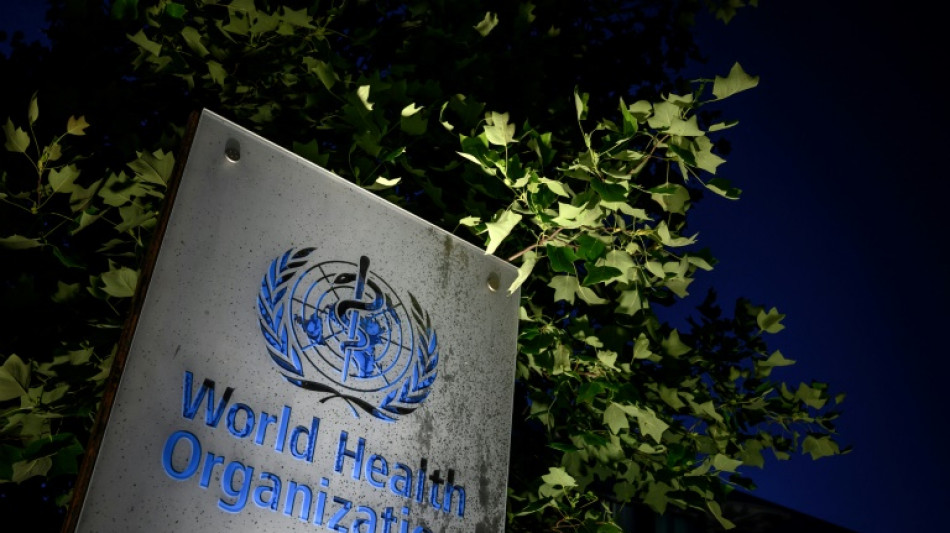
RBGPF
0.8500


The World Health Organization on Thursday announced a new, catch-all terminology for pathogens that transmit through the air, erasing a distinction that caused dangerous confusion during the Covid pandemic.
During the Covid-19 crisis the standoff between experts arguing over whether the SARS-CoV-2 virus spread through droplets or through an aerosol mist proved a crucial public health challenge.
In the initial months of the pandemic in early 2020, the WHO and other experts said the virus was spreading via droplets, emitted through coughs and sneezes.
It was understood that such droplets did not linger in the air but sank to cover surfaces that others might touch. That meant the main advice to ward off infection was frequent and thorough handwashing.
It took a while before most experts acknowledged that the virus was spreading more easily through the air, which required other precautions.
But as experts argued over whether or not Covid was airborne, it became apparent that there was a lack of a common understanding and terminology across scientific disciplines to describe the transmission of pathogens through the air.
"Varying terminologies highlighted gaps in common understanding and contributed to challenges in public communication and efforts to curb the transmission of the pathogen," the WHO said in a statement.
- 'Infectious respiratory particles' -
The WHO said that after more than two years of consultations, it had been agreed that all pathogen particles transmitted through the air, regardless of size, should be referred to as "infectious respiratory particles", or IRPs.
The new terminology will apply not just to the Covid virus, but to other respiratory infections such as tuberculosis, influenza and measles.
Broad agreement on the new terminology across the scientific community should improve understanding and make collaboration easier across disciplines, WHO chief scientist Jeremy Farrar told reporters in Geneva.
"It is difficult to make scientific progress unless we all agree with the terminology," he said.
The new terminology should simplify "the categorisation, so that we no longer have what I think were, to some degree, false dichotomies", he added.
Rather than distinguishing between two modes of transmission based on the size of the particles being transmitted, it is important to recognise there are many other factors driving transmission, he said. These factors included air humidity, temperature and airflow.
Agreeing on a single term was like reaching "base camp", Farrar said. From there, there was still a long climb to agreeing the best measures to take to avoid infection in hospitals, schools and transport systems.
The WHO said it did however maintain the distinction between two types of through-the-air transmission.
The first was airborne transmission or inhalation, when IRPs are expelled into the air and inhaled by another person.
The second was direct deposition, when IRPs are expelled into the air from an infectious person and then directly deposited on the exposed mouth, nose or eyes of another person nearby.
(U.Gruber--BBZ)